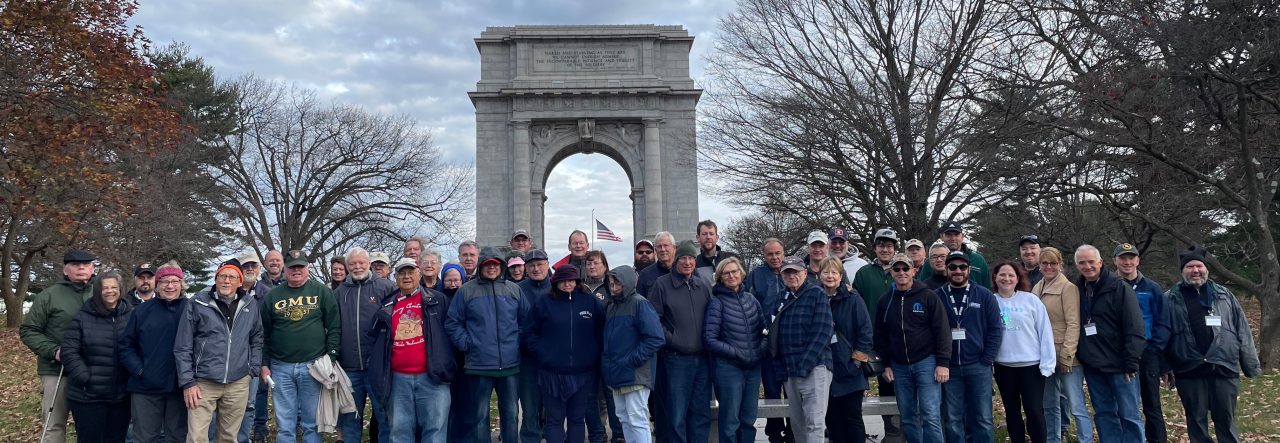 In Charleston’s Marion Square, an odd chunk of limestone, sand, and oyster shells sits inside a wrought-iron fence just beyond the normal boundaries of the weekend market. While shoppers buy their weekly produce or shop for gifts, the food court along King Street tempts them with just about anything you can image. Someone usually plays live music on the park-side of the market—and there, nearby, sits the hunk of rock.
In Charleston’s Marion Square, an odd chunk of limestone, sand, and oyster shells sits inside a wrought-iron fence just beyond the normal boundaries of the weekend market. While shoppers buy their weekly produce or shop for gifts, the food court along King Street tempts them with just about anything you can image. Someone usually plays live music on the park-side of the market—and there, nearby, sits the hunk of rock.
It’s actually called “tabby,” and it’s the remains of the city’s old “horn work”—a fortification that guarded the main entryway into the city. A wall-like main bastion would block the road, with two rampart-like “horns” sticking out from each end, parallel to each other and with the road in the middle. The road would come up to the gate between the two horns.
Built in 1759, the horn work stretched across King Street and housed a battery. The fortification played a key role in the city’s defense against the British, and stood until 1784, when it was demolished. Today, just a six by six by two-foot chunk still stands, although much of the original foundation remains underground under that park. Other portions, on the west side of King Street, were obliterated during modern construction.
Nearby, a two-sided state historical marker, erected in 2010, tells the story of the Revolutionary-siege—which often gets overshadowed by the city’s Civil War-era siege:
The British capture of Charleston in May 1780 was one of the worst American defeats of the Revolution. On March 30-31 Gen. Henry Clinton’s British, Hessian, and Loyalist force crossed the Ashley River north of Charleston. On April 1 Clinton advanced against the American lines near this site, held by Gen. Benjamin Lincoln’s Continentals and militia. The 42-day siege would be the longest of the war.
As Gen. Charles Cornwallis closed off Lincoln’s escape routes on the Cooper River, Clinton advanced his siege lines and bombarded Charleston. On May 12, 1780, in front of the American works near this spot, Lincoln surrendered the city and his force of 6,000 men, after what one British officer called “a gallant defense.” The British occupied Charleston for more than 2 1/2 years, evacuating Dec. 14, 1782.
The city maintains a nifty blog, The Walled City Task Force, that explores Charleston’s Colonial-era fortifications. It includes information about the horn work and much, much more.


LikeLike
Great post! Charleston’s Rev War history needs to be promoted more!
LikeLike